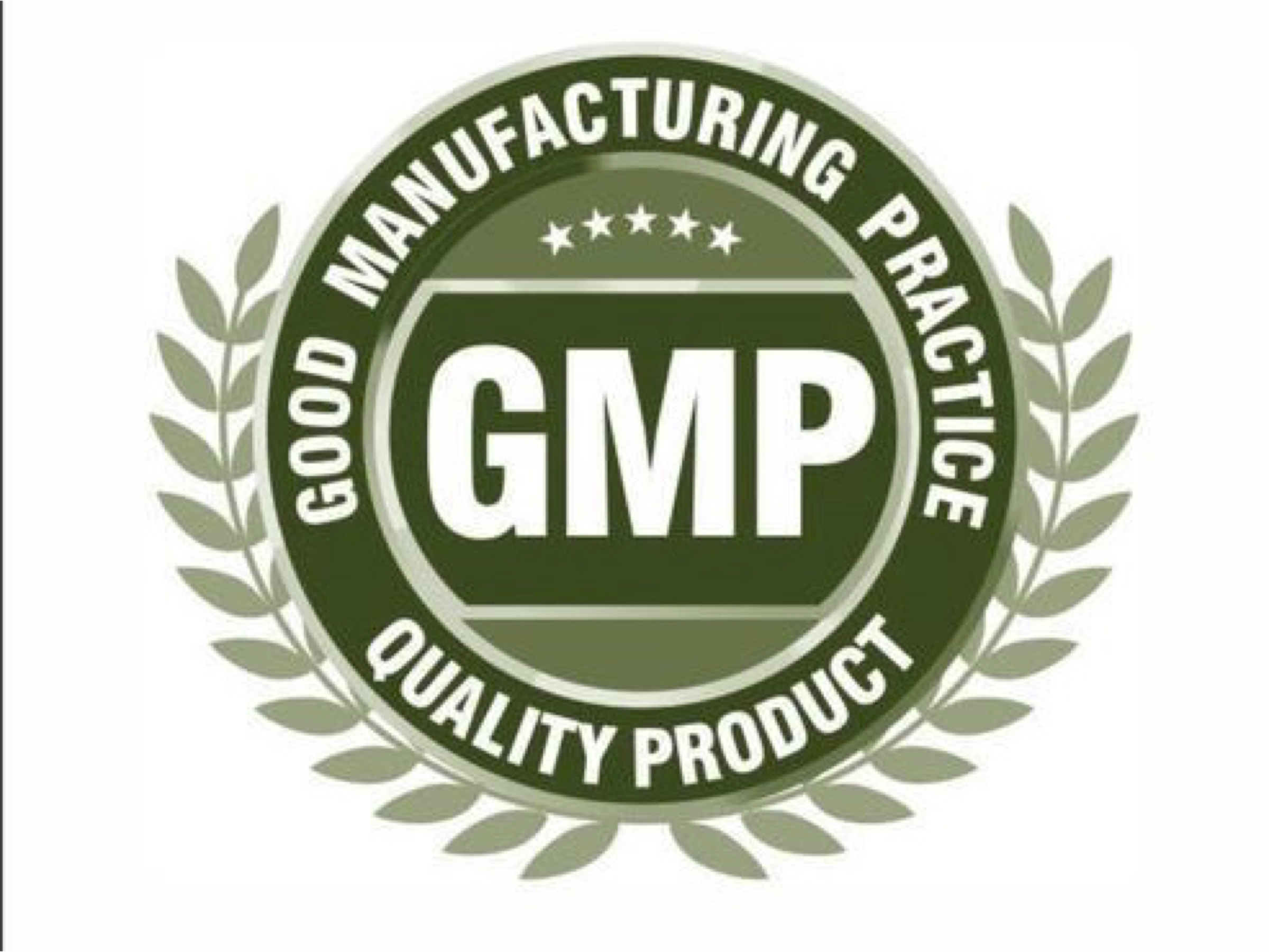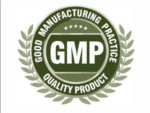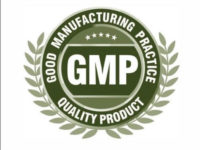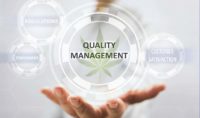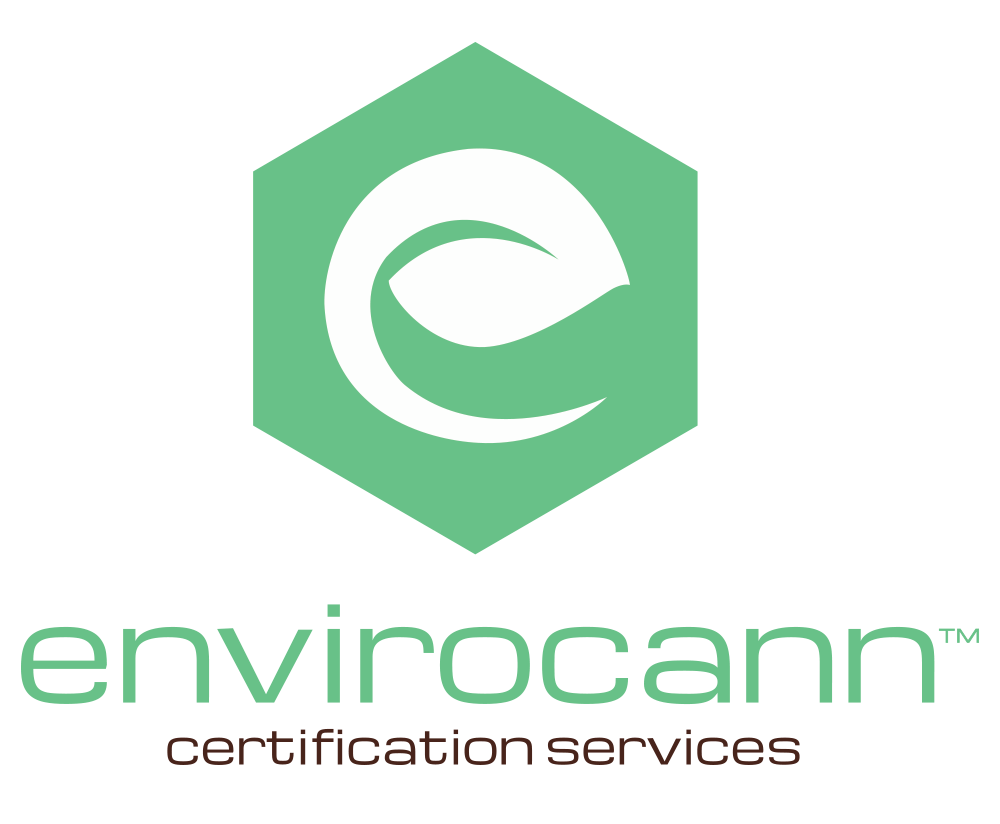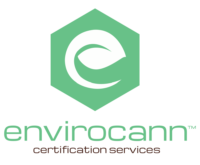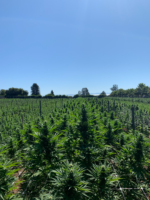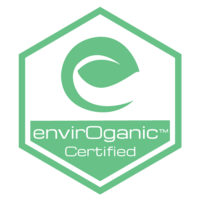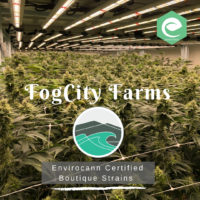The cannabis industry is growing and changing at an unprecedented pace, creating immense profit potential and putting a spotlight on the array of risks for those in the arena.
Understanding the current and emerging trends across the industry is essential for companies looking to maximize profitability while managing risk effectively. It’s important to take a proactive risk management approach to help mitigate potential losses and safeguard your people, property and profitability. Here are three steps to do just that.
Step One: Attract and Retain the Right Talent
Attracting and retaining top talent in any industry has become more challenging than ever. Employees now wield significant power and are often regarded as the new customers. They crave more flexibility in work arrangements and have reevaluated their benefit expectations in light of the COVID-19 pandemic.
To address these challenges, cannabis businesses should consider doing the following:
- Compare current benefit offerings with those in competing industries
- Present unique and appealing options to attract and retain talent
- Maintain effective communication to ensure employees are aware of the benefits offered
- Leverage industry expertise to guarantee the long-term sustainability of your benefits program
A multi-year strategy will include policies and procedures that consider cost management, HR advocacy, health and performance for employees, and leverage HR benefits technology to engage it all. Employee communication will be key to attaining buy-in from teammates.
Step Two: Protect Your Property
To protect your place of business, implement a multifaceted risk management approach by establishing physical, administrative and compliance controls.
Physical controls include investment in security technology (including cyber), locks, gates, lighting, cameras, access controls, guards and patrols to safeguard your building and inventory.
Administrative controls center around the development of security policies, procedures, staff awareness training, de-escalation techniques, threat reporting and conflict management programs to help safeguard your team.
Compliance controls involve the development of a system to stay organized, updated and in compliance with state-specific regulations and licensing, including environmental considerations for cultivation and pollution concerns.
Step Three: Consider Your Insurance Coverage
In the United States, legal recreational marijuana is currently available in 24 states; 38 states and the District of Columbia have approved its use for medical purposes. Though legal access to cannabis is on the rise across the country, many carriers are still not providing the coverage the cannabis industry needs because federal law still maintains that the use, sale and/or distribution of the substance is illegal.
A lack of experienced professionals to underwrite the risks associated with the cannabis industry is another issue. While many are still not underwriting in this space due to legal and reputational risks, the supply of insurance available to the cannabis sector is steadily increasing between 80% and 100% a year.
For those that do write cannabis insurance, there’s a host of losses and exclusions that must be considered prior to purchasing coverage. Common losses include fire and employee theft, water damage or pollution from operations, and product contamination recall. Common exclusions include criminal acts and health hazard exclusions; more specifically this includes onsite consumption, vape and general cannabis exclusions.
To mitigate these risks, it’s crucial to partner with an insurance provider that understands the complexities of the cannabis industry and will help you navigate any exclusions. A broker with industry-specific knowledge is a must to ensure the right coverage with the right limits.
All cannabis operations should consider obtaining coverage to offload risk via the following policies:
- Commercial general liability
- Management liability
- Product liability and product recall
- Property and crop insurance
- Equipment breakdown insurance
- Business auto insurance
- Care, custody and control coverage for distributors
- Workers’ compensation
Looking Ahead
The cannabis industry is rapidly evolving, and with it comes both opportunities and risks. To achieve profitability and minimize potential risk exposures, adopt a proactive risk management approach that addresses the needs of your employees, protects your property
and enhances profitability. Cannabis executives also should develop a robust business continuity plan to ensure their operations can withstand unforeseen disruptions, such as product safety lawsuits and mergers or acquisitions.
Understanding the common risks and insurance coverage exclusions, as well as staying informed about emerging trends and regulatory changes, is vital for success in this dynamic sector. By combining strategic risk management with the right insurance coverage, your cannabis business can thrive in a growing and competitive market.






